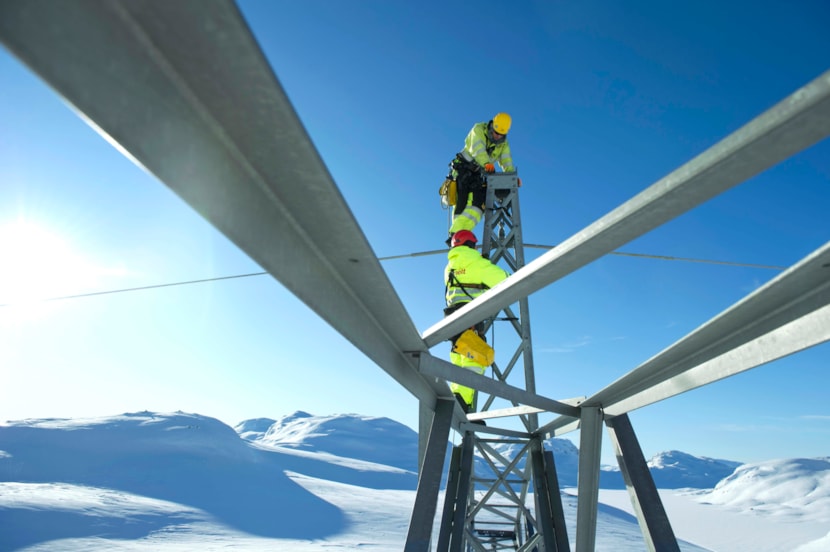Power is perishable
Power is generated from many different sources. In Norway, we mostly produce hydropower, but we also focus on other forms of energy, such as wind power, bioenergy and gas power. The power system is a collective term for all the components that work together to produce and transfer power from, for example, water reservoirs, to the various power plants and interconnectors – and to you.
Power is an extremely perishable product because it must be used at the same time as it is generated. Therefore, it is important that there is a balance between production and consumption at all times. This is called instantaneous balance. Every time you charge your mobile phone, the amount of power required by the charger must be produced at the same time at a power plant, so that there is always a balance between how much is produced and how much is consumed in the power system.
The power market
It is the buyers and sellers trading in the power market who do the “leg work” to achieve this balance. In the next-day power trading market, the power suppliers (those who buy power on behalf of electricity customers and sell it to you and me) and the power producers (those who sell the power to the power suppliers) agree on how much power will be produced and used hour by hour the next day. This is also how the electricity price is determined each day. Power suppliers report how much they are willing to provide for the amount of power needed over the next 24 hours, while power producers, on their part, report how much they are willing to sell their power for. The price is determined on the Nord Pool power exchange, which is owned by the Nordic and Baltic network operators.
Statnett must ensure balance in the power system
The results of the daily price calculations in the power market form the basis for Statnett’s planning and maintenance of instantaneous balance in the following operating day. However, the calculations made by buyers and sellers are usually exact. It may be a little warmer or a bit colder, a machine could stop, etc. Then, it is Statnett’s job to provide for the final balance and to make sure that the power system stays within the limits of the laws of physics so that the electricity can be transmitted.
Weather conditions may also present challenges to power plants and the power grid. To ensure that we also have electricity under such conditions, the weather forecast is therefore just as important to Statnett as for Norwegians in general. If not more important. During storms and bad weather, we have additional crew on call, ready to repair faults as quickly as possible, and we cooperate with other DSOs and power companies to do all we can to find special solutions so that consumers will be affected as little as possible by the issues that may arise during extreme weather. To reduce the risk of power outages, we must consider whether the power grid can be connected in another way, or if additional power plants should be started up.
The power grid
But how is the power actually transmitted to you, so you can turn on the light in the living room or wash your clothes? The power is transmitted via the power grid, which is the backbone of the power system. The power grid is the link between the producer and the consumer and is comparable to the road network: Statnett manages the power grid, which is the motorway in the system, and from there it goes over regional grids and distribution grids, or county and municipal roads, that bring the power to where you live.
Because it is not expedient to build several power lines next to each other, the power grid is a so-called natural monopoly. That is, each place only has one grid operator. Even though you as a consumer can choose which power supplier you want to buy power from, you cannot choose freely between grid operators. As a monopoly, the grid operators are regulated by the authorities. We all pay for the power grid, and everyone who generates and uses power pays a grid rental fee. You can read more about grid rental here.
Society is dependent on power. Therefore, we can never take a break from the work of coordinating the operation of the entire Norwegian power system. It must always be in balance. Statnett is responsible for this and has overall physical responsibility and control of the Norway’s power system.

